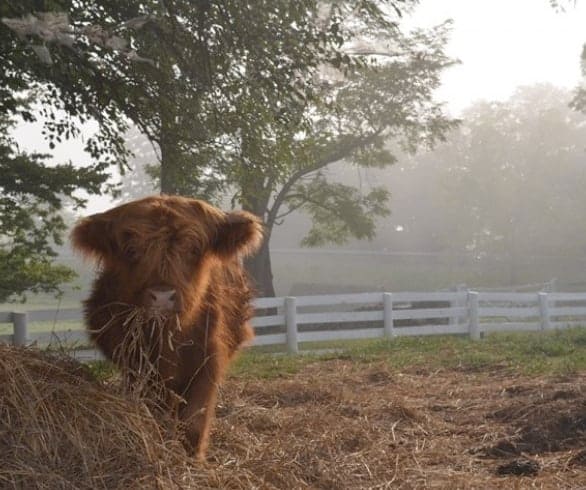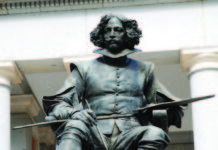
Why a visit to Shaker Village of Pleasant Hill can do more than help you relive history, it can inspire you to change the way you live.
Prior to visiting Shaker Village, my only familiarity with the Shakers was with their meticulous furniture making skills and the little bit of history I had reviewed with my son during grade school. Needless to say, my visit to Shaker Village of Pleasant Hill (located about 25 miles outside of Lexington, Kentucky) proved to be quite an awakening.
Shaker Village was preserved and renovated in 1961 after years in disrepair. Now a National Historic Landmark, Shaker Village of Pleasant Hill sits on 3,000 acres in Kentucky’s Bluegrass Region and is the largest restored Shaker community in the United States.
Shaker Life
“The Shakers were a very progressive community,” says Amy Bugg, Marketing and Communications Manager. “They were entrepreneurs who engaged in and invented some of the latest technology of the time.” When Pleasant Hill was flourishing in 1823, the skilled farmers had almost 3,000 acres of wheat, rye, oats, and extensive fruit orchards – all producing enough surplus to be shared with the poor and exported up the Ohio and Mississippi rivers. The innovative settlers erected a municipal water system complete with a water tower, and their superior quality craftsmanship was highly sought after.
The Trustee House at Pleasant Hill displays a marvel of Shaker architecture – a twin spiral cherry wood stairway that seamlessly winds up three flights. The Shakers believed that pride in their work was the currency of their service to God. All their devotion was put into what they made with their hands. The Shakers invented hundreds of labour-saving devices such as the clothespin and the circular saw. They shared these novel and original inventions with others, without patents.
Visiting the Village
Today, the Clapboard Building (erected in 1923 to formally serve as a meeting house) plus the dwellings, barns and craft shops serve as a restaurant, gift shop, and inn where guests can stay in the simple, historic rooms that once housed the Shaker families. With more than 70 guest rooms, suites and private cottages spread throughout the 13 restored 19th century buildings, the village gives guests a glimpse into the Shaker lifestyle with furniture reproductions and hardwood flooring.
“It’s tough to tell how many visitors we actually receive,” says Bugg. “We can count the number of tour tickets we sell annually and we know how many overnight guests we have, however there are a number of folks who hike, horseback ride, drive, dine and shop on the property who are not in those figures.”
Some of the more intriguing sites for visitors include the Centre Family Dwelling, which is the main tour building. Also, all guests who dine or check in at the Inn at Shaker Village visit the Trustees’ Office where the dining room is located. Hikers and horseback riders enjoy the 3,000 acre Nature Preserve and explore 40 miles of trails, and the farm and garden are seasonal hits with families.
The Nature Preserve showcases beautiful hills and countryside covered by restored native prairies, woodlands, fields, and diverse plants and wildlife. “Many of our hikers and nature enthusiasts ask questions about wildflowers, wildlife and conservation efforts,” says Bugg.
Along self-guided walking tours through the village, costumed workers give glimpses into Shaker life, while skilled artisans work at 19th century trades, such as blacksmithing and historic farming. During the spring, summer and fall, wagon rides are a fun way to take a tour of the village. And, on any given day, musical performances help bring visitors back to 19th century entertainment.
“The Shaker lessons of community, ingenuity and sustainability are represented in most of the programming implemented at the village,” says Bugg. The Shakers focused on conservation, excellence and productivity, and Bugg hopes that visitors will learn, and take home with them, some positive aspects of the Shaker’s existence and life. VM














